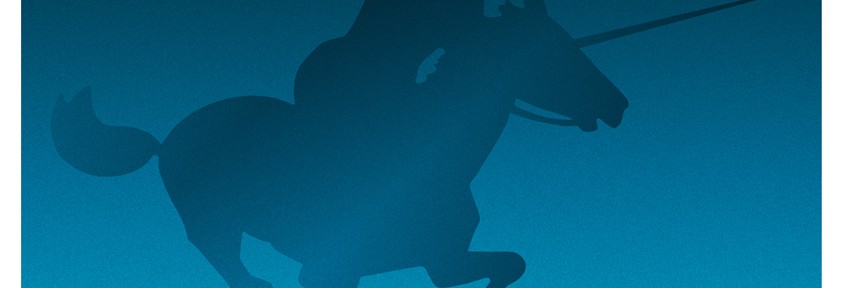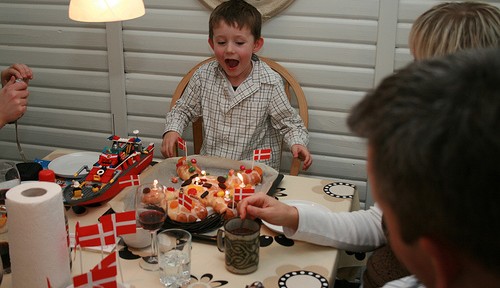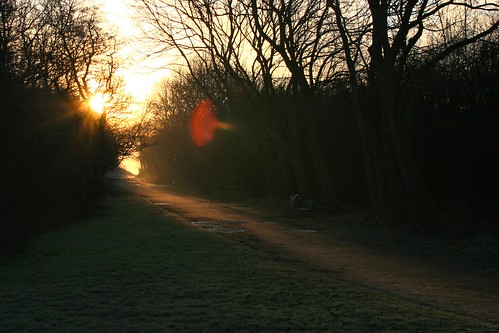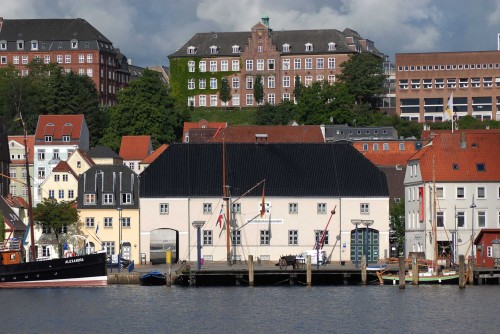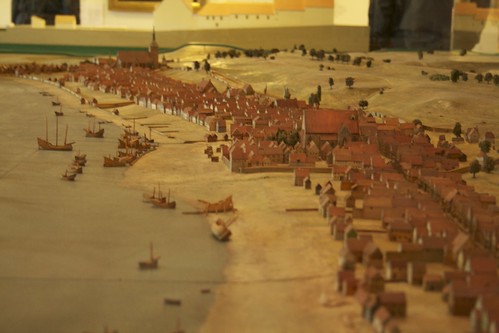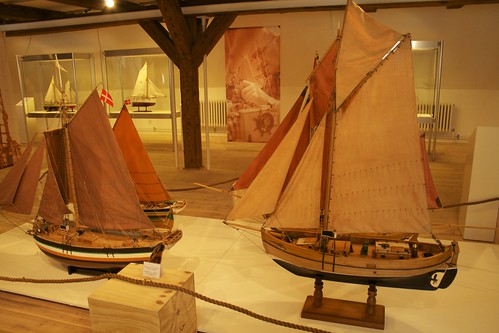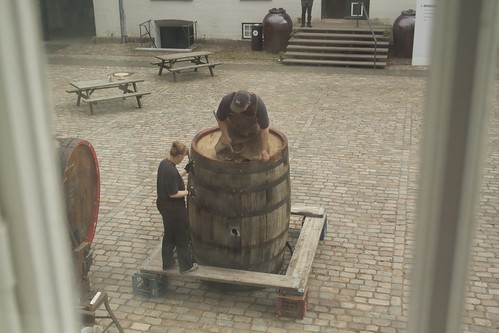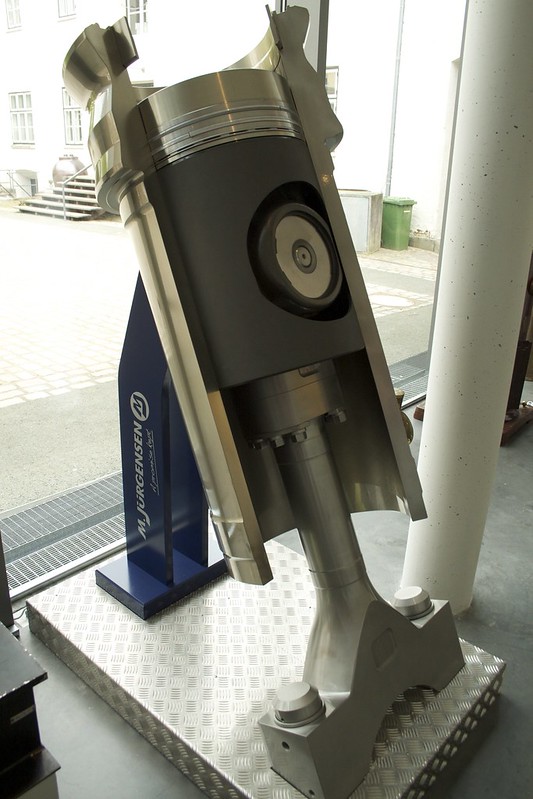
Every year since 1888 there has been a big Tilting-at-the-Ring tournament in Sønderborg. There is a tradition to have a new poster created every year. This year it was done as a competition and the winner was Jørgen Terp who works as a graphical designer at Broager Sparekasse. This is his description of the process of creating the winning poster:
Got a letter in January… One of those letters where you are not sure who the sender is. An invitation to take part in a competition with 9 other graphic design companies from the Sønderborg area. The task: What should the poster for this years Tilting-at-the-ring celebration look like? Sender: Ringriderfesten i Sønderborg.
First Input
A briefing and off it goes. The tilting-at-the-ring committee had decided that the theme of the poster should be something current. Something very current in Sønderborg in 2012 is the opening of the motorway from Kliplev to Sønderborg – so that had to be part of the poster.
Tilting-at-the-ring and motorway… Not something that results in “Wuhuu” when put together. Every time a horse enters a motorway it results in warnings on the radio. But with a handful of metaphors one can get the two things to dance together: Towards the target in high speed!!
Research time
One characteristic of the motorways built by the Austrian Strabag are the pretty arch bridges dotted along the motorway. A pretty curved shape – without a column in the middle. I have been to KMG’s website, where brochures about the project describe these bridges.
Horse and tilting-at-the-ring is a must and also the two main sponsors Sydbank and KPMG who have paid to get their name on the poster. Also a web address for The Tilting-at-the-ring Celebration as well as their Facebook page.
The text with dates has to be easy to read when the poster is hanging from the lamp posts of the area. So it should be a simple, stylish and easy to read font.
An inspirational trip to the Ringridermuseet (Tilting-at-the-ring museum). Many thanks to Jens Schmidt who supplied me with the most fantastic stories of Tilting-at-the-ring in Sønderborg through the last many years. I can really only recommend a guided tour at Denmark’s only Tilting-at-the-ring museum!!
Conclusion
Horse, bridge and speed were the keywords used as my starting point.
Personally I have always been fascinated by the old Danish posters. I like the structure in them. Which is why I wanted to use this structure to make the layout not look too sterile.
Reading, set, go!
Out to take pictures of the last bridge before you reach Sønderborg. Met a guard and became a number in the statistics of unwanted people visiting the unfinished motorway.
From here the elements were drawn on a computer, the fonts were selected and the elements that had to be there were added. And all of a sudden it all fell into place!!
Handing in and waiting
As always when you hand something in the time till you get the verdict passes immensely slowly!! I was curious and wondered as to how the others had solved the task. How had they made it look – how different could it look??
Mojn, see you at Ringriding in Sønderborg!
Jørgen Terp wrote this account in Danish on his private blog and was kind enough to let us republish a translation. The Tilting-at-ring is next weekend in Sønderborg and if you walk around town you are bound to see some of Jørgen’s posters
